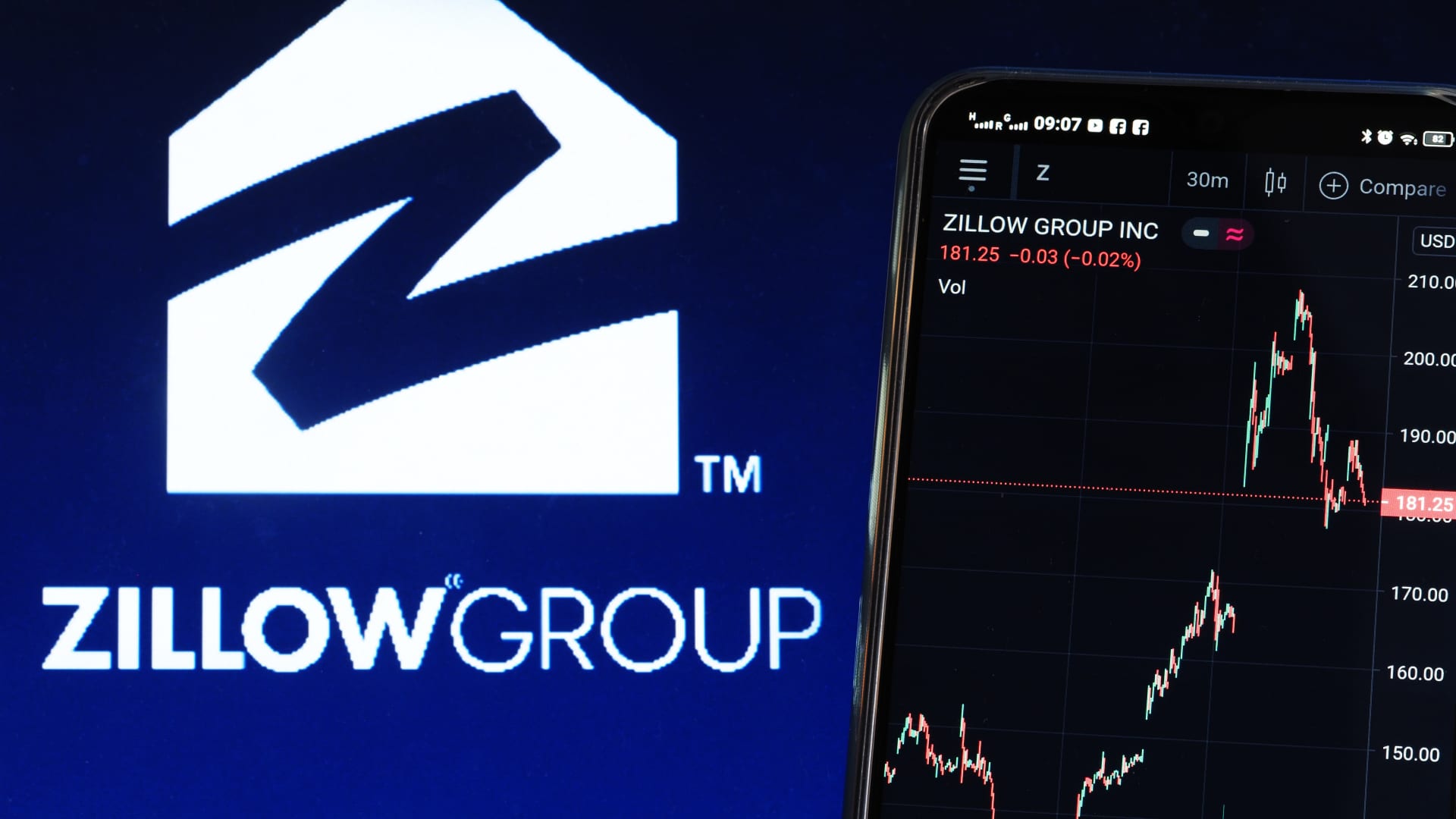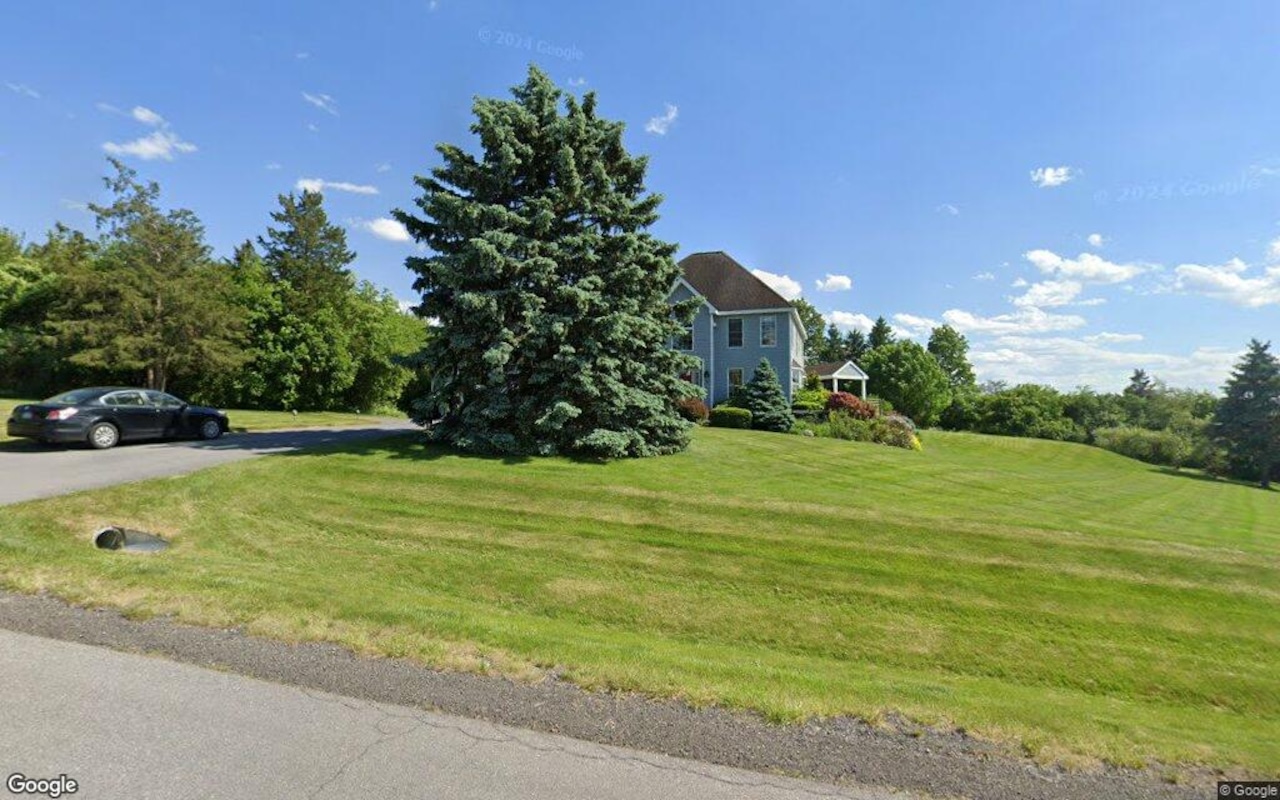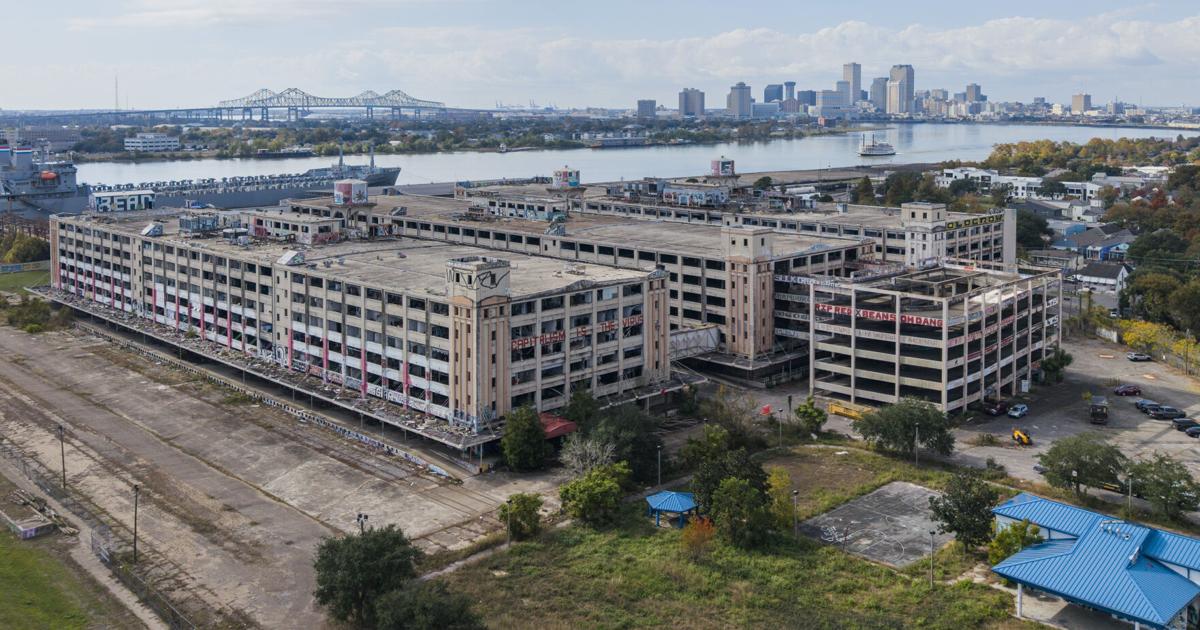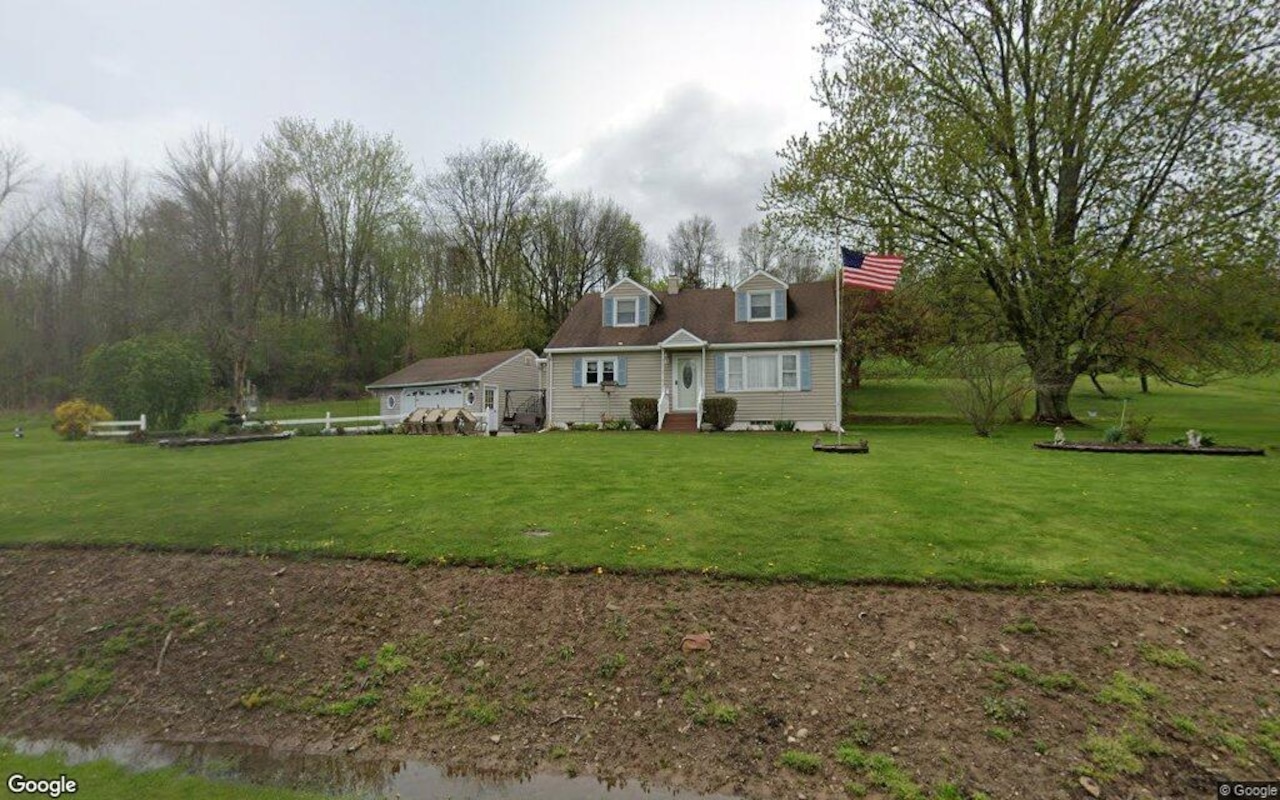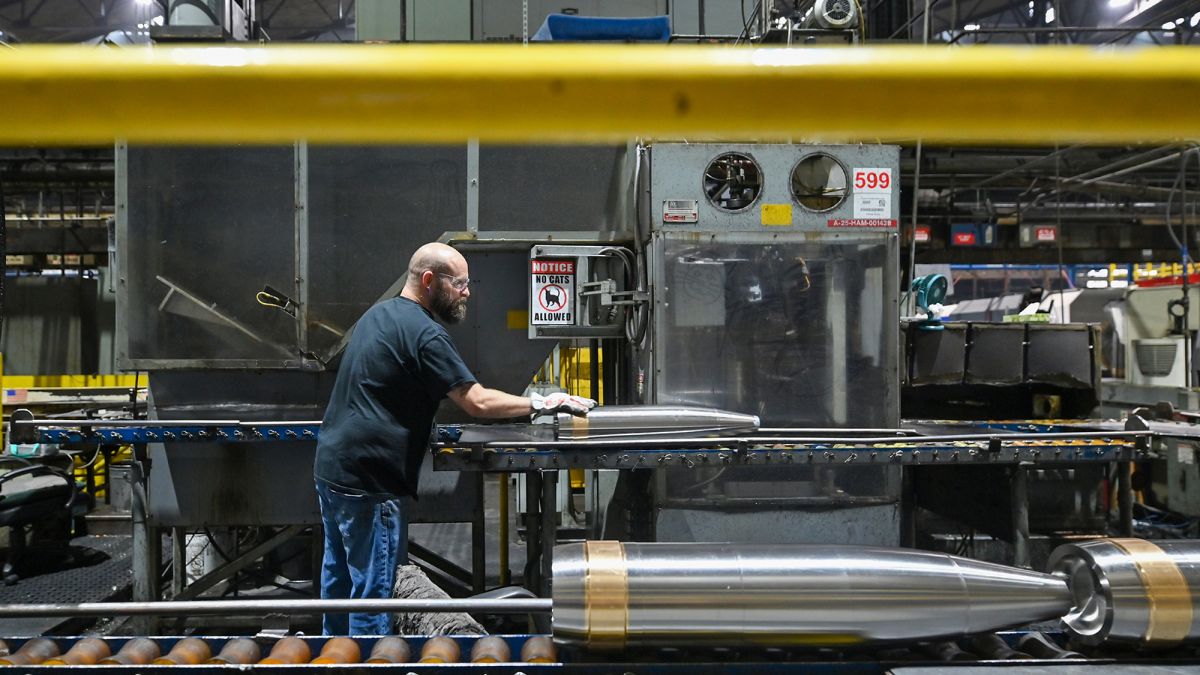T
he affordability crisis in high-cost gateway communities has prompted a reevaluation of traditional housing strategies, with accessory dwelling units (ADUs) emerging as a policy-driven solution. In places like Breckenridge, Colorado, ADUs are being used to create flexible, mixed-use developments that balance growth with equity. This shift presents both opportunities and risks for real estate investors, who must adapt their approach to portfolio diversification.
Breckenridge's Runway Neighborhood project exemplifies the tension between affordability and investment. The development includes 81 single-family homes, which could be paired with 27 ADUs. However, officials are debating whether to build them as fully constructed units or "ADU-ready" shells, which would preserve long-term affordability but raise questions about financial returns.
The debate reflects a broader policy trend: local governments are moving away from rigid affordability metrics and toward localized income testing. Breckenridge's decision to use geothermal energy in all units and partner with the Summit School District to reserve homes for educators underscores the integration of sustainability and equity in housing policy.
ADUs have become a national trend, driven by state-level reforms that streamline permitting and allocate funding for low-income subsidies. However, most ADUs remain high-end projects, costing $150,000-$300,000, and are often financed through personal savings. For investors, ADUs offer dual value: rental income and property appreciation.
However, challenges persist, including rising material costs, labor shortages, and zoning restrictions in urban areas. Market saturation is also a growing concern, with California issuing 69,000 ADU permits between 2019 and 2023 but only building 44,000 units. Regulatory shifts and cost volatility also pose uncertainty for investors.
To navigate these risks, real estate portfolios must prioritize adaptability and flexibility. Mixed-use developments that integrate ADUs into new home communities offer greater efficiency, while modular ADUs reduce construction time by 50%. Investors should focus on markets with strong policy support and low regulatory volatility, such as Colorado, Arizona, and Hawaii.
By prioritizing mixed-use, modular, and policy-aligned developments, real estate portfolios can contribute to equitable housing solutions while navigating the evolving landscape. The future of real estate investment lies in adaptability, and investors must remain vigilant about market saturation, regulatory shifts, and cost trends to succeed.




